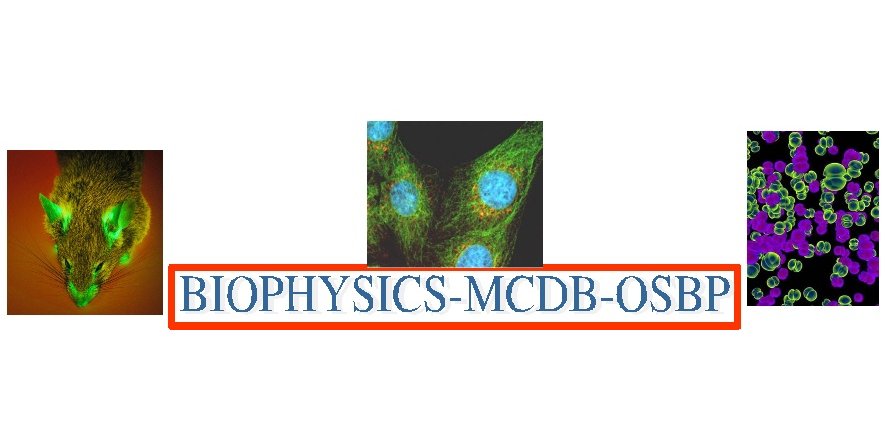Interdisciplinary Graduate Programs Symposium

2010 OSU Molecular Life Sciences
Interdisciplinary Graduate Programs Symposium

Poster abstracts
Abstract:
The Ca2+ sensitivity of cardiac muscle force development can be adversely altered during disease. A fluorescent TnC was utilized to measure the effect of disease related protein modifications on Ca2+ binding sensitivity of TnC in the physiologically relevant biochemical model system of reconstituted thin filaments. Consistent with the pathophysiology, the inherited restrictive cardiomyopathy (RCM) mutation TnI R192H and ischemia induced truncation of TnI (residues 1-192) increased TnC’s Ca2+ binding sensitivity ~3 fold and ~7 fold, respectively; while the dilated cardiomyopathy (DCM) mutation TnT ∆K210 decreased TnC’s Ca2+ binding sensitivity ~ 3 fold. Since the symptoms of the diseases may be caused by the abnormal Ca2+ binding, correcting the Ca2+ binding might improve cardiac function. To achieve this goal, we have engineered TnC constructs with a wide, yet adjustable, range of Ca2+ binding sensitivities by modulating the negatively charged residues in the Ca2+ chelating loop and/or by replacing key hydrophobic amino acids in the regulatory domain of TnC with polar Gln. We were able to correct both the increased and decreased thin filament Ca2+ sensitivities caused by the disease associated proteins via replacing the wild type TnC with specifically engineered TnC constructs. Additionally, engineered TnC constructs can correct the disease related abnormal Ca2+ sensitivity of the acto-myosin ATPase assay and the force-pCa relationship in skinned trabeculae. This study can potentially lead to a novel therapeutic strategy for treating cardiac muscle diseases.
Keywords: Troponin, cardiomyopathy, calcium